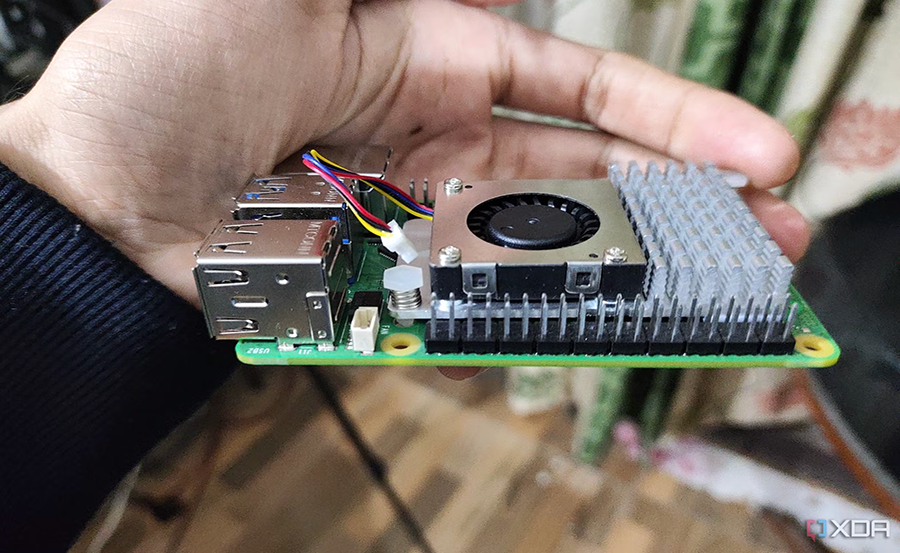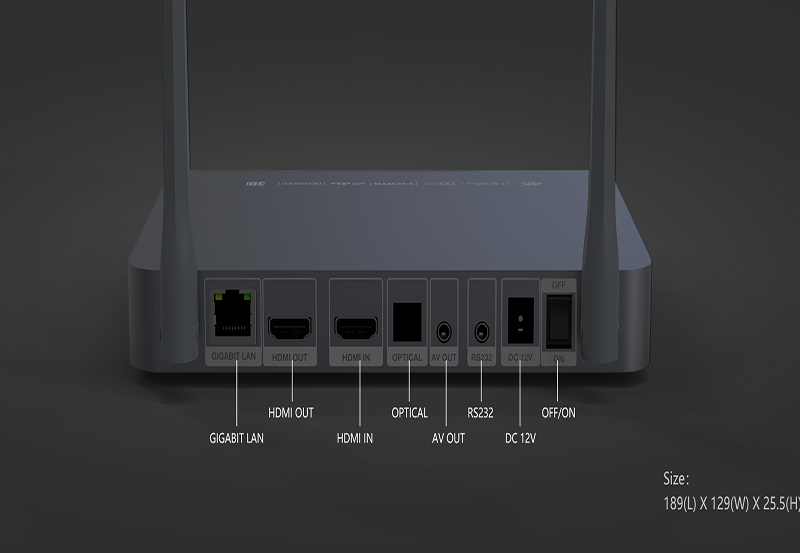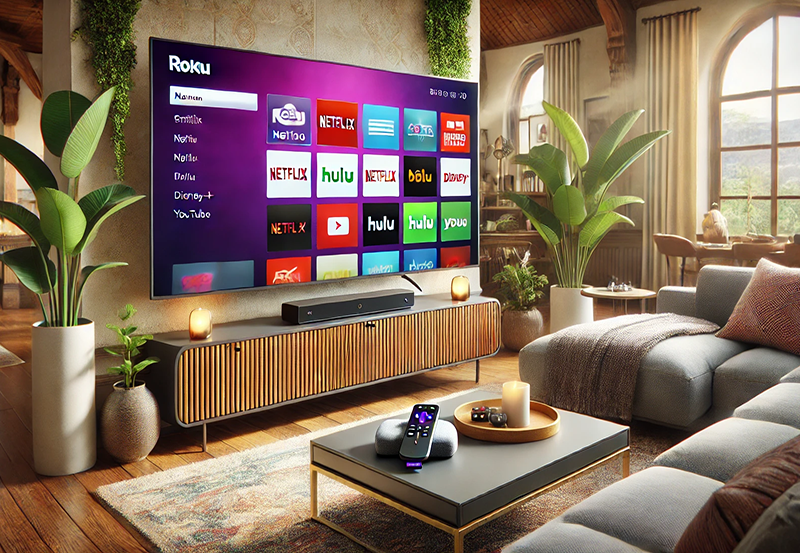Cat owners everywhere know the challenge of managing mealtime for their feline friends, especially on busy days or during vacations. That’s where the magic of technology steps in, offering practical solutions that blend innovation with convenience. Today, we’re diving into an exciting project – using Raspberry Pi to build an automated cat feeder. This guide will walk you through each step, ensuring your tech-savvy skills meet your pet’s needs seamlessly.
Getting Started: Why Choose Raspberry Pi?
Raspberry Pi is a little powerhouse of technology, offering a compact, versatile, and affordable way to bring your tech projects to life. But why exactly should you consider using it for your automated cat feeder?
Firstly, Raspberry Pi’s flexibility is unrivaled. You can customize your feeder’s functionalities, from scheduling meals to controlling portions—all from a simple interface. Moreover, Raspberry Pi’s community support and extensive resources make troubleshooting a breeze, which is ideal for both beginners and experienced programmers.
Smart Advice:
Experience the best of UK entertainment with Best UK IPTV channels, live TV, and on-demand shows.
Understanding Your Requirements
Before embarking on this project, it’s crucial to outline your cat’s specific needs. Consider the size of the meals, the frequency, and any special dietary requirements. This planning phase will guide the development of a feeder that truly caters to your pet’s lifestyle.
Additionally, think about your own routine. Do you frequently travel? Would you prefer real-time updates on feeding schedules? All these considerations will shape the design and functionality of your feeder.
Components You Will Need
Creating an automated cat feeder with Raspberry Pi involves assembling several key components. Let’s explore what you’ll need to get started.
Essential Hardware
- Raspberry Pi Board (Model 3B+ or newer recommended)
- MicroSD Card (minimum 16GB recommended)
- Power Supply (USB-C or micro USB, depending on your Raspberry Pi model)
- Servo Motor for dispensing food
- Hopper or Container for storing food
- Connecting Wires and Breadboard for circuits
These components are easily available and won’t break the bank, making this project accessible even for first-time DIYers.
Software and Tools
- Raspbian Operating System
- Python for programming your feeder logic
- GPIO libraries to control the Raspberry Pi pins
- An editor like Thonny or VSCode for writing your code
With software, ensure it’s downloaded and correctly set up on your Raspberry Pi before proceeding with the physical assembly of your feeder.
Building the Feeder: Step-by-Step Guide
Let’s get into the nitty-gritty of assembling your automated cat feeder. Don’t worry—this step-by-step guide is designed to be straightforward, even if you’re not a seasoned tech expert.
Assembling the Hardware
Start by connecting your servo motor to the Raspberry Pi. The motor will need to be wired to the GPIO pins. Make sure you solder the connections securely to prevent any disconnection during operation.
Once your motor setup is complete, affix your hopper or food container above the servo. The servo’s movement will control the release of food into your cat’s bowl. This is the core mechanism of your feeder, so take extra care in this setup.
Programming the Feeder
Now, onto the coding part. Using Python, you can set up a script that runs automatically. Include modules that will help you control the servo motor via GPIO pins. Also, consider integrating a clock function to schedule feedings.
Test your script extensively. Ensure that the motor operates as expected and the feeding schedule aligns with your specifications. It’s important to catch any bugs or errors in this phase to avoid issues later.
Testing and Troubleshooting
Before your feline friend relies on this new feeder, ensure that you’ve tested it under different conditions. Simulate various scenarios to make sure everything operates as intended—whether it’s a power outage or a food jam, be prepared for how your system responds.
Document any problems and fixes within your project notes. This will be invaluable if you need to adjust or upgrade features down the line.
Optimizing Your Feeder with Best IPTV Subscription
While building your feeder, you might wonder how streaming media like IPTV fits into this context. The Best IPTV Subscription offers unique benefits that enhance your overall project experience.
Streaming as a Part of Robotics Monitoring
Using BestIPTV Subscription, you can integrate a streaming module into your feeder system. This allows you to monitor your pet’s mealtime even when you’re not at home. This kind of integration requires adding a camera component linked to your Raspberry Pi, giving you peace of mind and added control over your cat’s feeding when paired with Premium IPTV Subscription services.
Leveraging IPTV for Real-time Updates
Moreover, you can use the powerful push notifications and streaming services of the Best IPTV Subscription to receive real-time updates on your feeder’s status. This means whether you’re catching up on a favorite show through the BestIPTV Subscription or optimizing how your feeder operates, you stay connected and informed.
Advanced Features and Customizations
After setting up the basic feeder, you might want to explore adding some advanced features. These enhancements can offer more functionality and make your system truly tailored to your preferences.
Incorporating Sensors for Food and Water Levels
Sensors can be a great addition to your feeder. They allow you to monitor the levels of food and water, sending you alerts when supplies are running low. This way, you never have to worry about your pet going hungry when unexpected delays keep you away from home.
Use ultrasonic sensors or load cells which connect to the Raspberry Pi, providing accurate readings and automating alerts through your integrated systems.
Integrating Voice Commands
Consider adding voice command functionality. Through services that link with Premium IPTV Subscription, you can issue commands to your feeder using smart speakers like Amazon Alexa or Google Assistant. This makes the feeding process even more intuitive and hands-free, blending cutting-edge tech with everyday convenience.
By connecting with these voice-activated systems, you enhance user interaction beyond traditional interfaces, creating a futuristic experience for managing your cat’s feeding schedule.
Practical Limitations to Consider
No system is without its downsides. When building an automated feeder, be mindful of certain limitations that might arise, ensuring you have a plan to deal with them.
Hardware and Connectivity Constraints
Consider the quality of the internet connection your system relies on, especially when integrating Best IPTV Subscription services. A weak signal could mean delays in receiving push notifications or streaming footage.
Also, be aware of the wear and tear on mechanical parts like the servo motor. Routine maintenance can prevent unexpected breakdowns.
Software Bugs and Updates
Software updates are an inevitable part of maintaining a tech system. Stay ahead by checking for updates that can improve performance, fixing bugs, or offering new features.
Regularly review your setup logs, ensuring you’re aware of any emerging issues. This proactive approach will keep your system running smoothly.
Envisioning the Future of Pet Care Automation
As technology continues to evolve, the possibilities for pet care automation expand in fascinating ways. The convenience of automated feeders is just the beginning. Soon, we could see even smarter systems that not only feed but also monitor your pet’s health and behavior comprehensively.
Potential Developments
Imagine integrating health-tracking features, using data analytics to offer insights into your pet’s well-being, much like human fitness trackers. The intersection of smart home technology and pet care offers a realm of exciting possibilities that tailor experiences to unique needs.
Your New Pet Feeding Reality
By responsibly merging technology like Raspberry Pi with essential services like the BestIPTV Subscription, you are crafting a sophisticated, automated reality for pet care. This journey from manual feeding to a connected smart home ecosystem highlights how tech-savvy solutions enhance the quality of life for you and your feline companions.
As you continue refining your cat feeder or explore other home automation projects, remember: the key is innovation and adaptability in meeting new challenges and embracing modern-day conveniences.
FAQ Section

Can the Raspberry Pi-powered feeder work with any kind of cat food?
Yes, the feeder can be adapted to dispense different kinds of dry cat food by adjusting the size of the dispenser opening according to the kibble size.
How secure is the system if integrated with BestIPTV Subscription?
When configured correctly, it is quite secure. Ensure your network has strong encryption, and regularly update all software to patch any vulnerabilities.
What if my Raspberry Pi loses power?
To handle power outages, consider using a backup battery pack. This way, feeding schedules won’t be interrupted during short-term power losses.
Is it difficult to integrate a camera module for monitoring?
Not at all. Many camera modules available for Raspberry Pi are easy to integrate, offering the added benefit of real-time video, especially when combined with your IPTV subscription for live monitoring.
How can I debug my feeder if it stops working?
Start by checking the connections and logs on your Raspberry Pi. Ensure the power supply is stable and software scripts are running without errors. Community forums can be helpful if you’re stuck.
Skyworth Smart TVs: Balancing Price, Performance, and Quality



